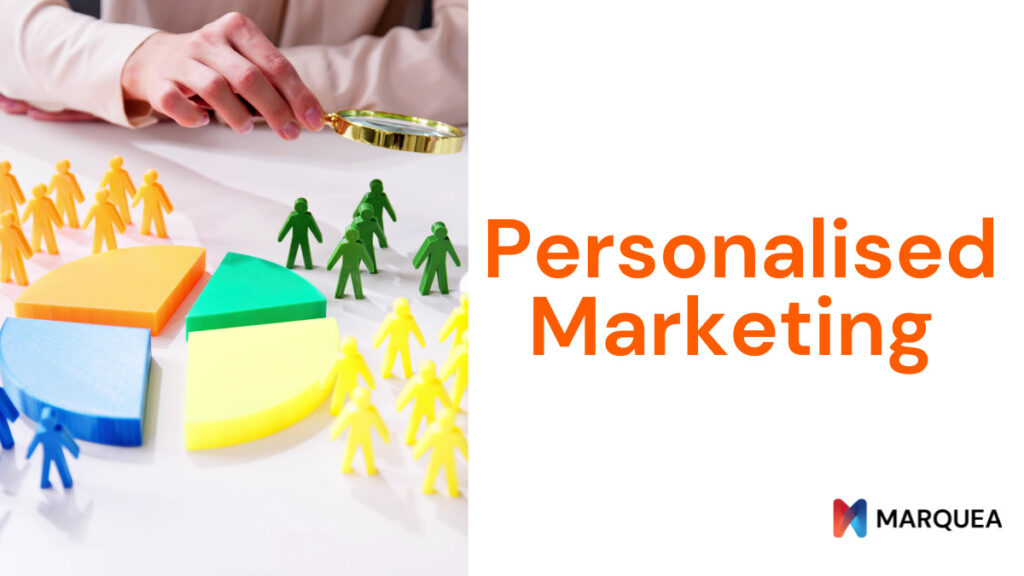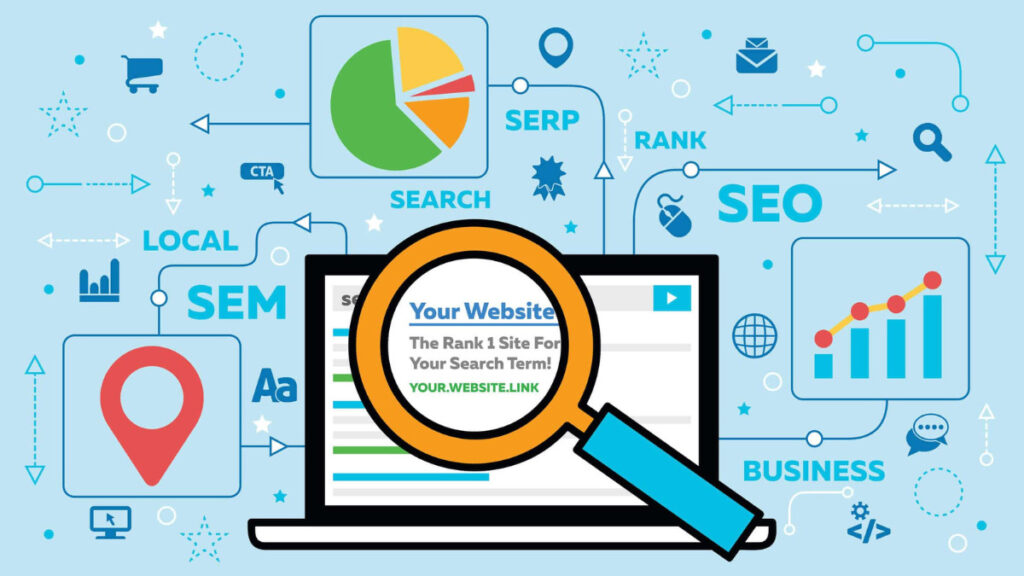Our daily lives are bombarded with many ads and marketing messages. In today’s world of marketing, standing out and connecting with your customers on a personal level is the key to success. That’s where personalisation comes in.
What exactly is personalised marketing?
Personalised marketing is about making your audience feel special by tailoring your brand’s message directly to them. It’s not just about using someone’s name in an email; it’s about understanding their preferences, behaviours, and needs to create a unique and meaningful interaction. It creates a more relevant and engaging experience for them.
Why is personalised marketing important?
Imagine receiving a message that speaks to your interests, recommends products you might genuinely like, or even addresses your specific needs—wouldn’t that catch your attention? That’s precisely what personalised marketing does.
Here are several reasons why personalisation is important for businesses of all sizes:
- Building Relationships: It’s more than just selling; it’s about building relationships. When customers feel like you understand them and care about their needs, they’re more likely to be satisfied with your brand. Personalisation shows that you value your customers as individuals, fostering a sense of loyalty and trust.
- Stronger brand loyalty: personalisation helps you build trust and rapport with your customers, making them more likely to stick with your brand in the long run.
- Enhanced engagement: When people feel like you understand them, they’re more likely to engage with your content. Higher engagement and personalised calls to action are more likely to be successful, leading to more sales and leads.
- Improved customer experience: When customers feel like you understand them and care about their needs, you make the customer’s journey smoother and more enjoyable, ultimately leading to greater satisfaction.
Effective implementation of personalised marketing:
- Data is Key: Gather as much relevant data as possible about your audience. This can include things like their name, age, location, purchase history, and website browsing behaviour, social media interactions, and preferences etc.,
- Segmentation: Group your audience into segments based on characteristics. It could be age, location, interests, or purchase history. This allows for more targeted messaging.
- Use the right channels: Choose the right channels to deliver your personalised messages. This could include email marketing, social media advertising, website content, or even direct mail.
Personalise your content: Make sure your content is relevant to each individual customer. Craft content that speaks directly to each segment. Whether it’s through customised emails, product recommendations, or tailored advertisements, make it personal. - Automation with a Personal Touch: While automation helps scale personalisation, ensure there’s a human touch. Nobody wants to feel like they’re talking to a robot.
- Feedback and Adaptation: Keep evolving. Don’t be afraid to experiment with different personalisation approaches and track your results. Regularly gather feedback to understand what works and what doesn’t. Adapt your strategies accordingly.
Dive deeper into personalization strategies:
1. Content Personalisation:
- Dynamic website content: Showcasing products and content relevant to a user’s browsing history or purchase history.
- Personalised email marketing: Sending targeted emails based on demographics, interests, and past behaviour with specific product recommendations, offers, and content.
- Social media targeting: Utilising platform tools to reach users with personalised ads based on their interests, demographics, and social media activity.
2. Product Personalisation:
- Product recommendations: Suggesting related products based on a customer’s purchase history or browsing behaviour.
- Personalised product pages: Displaying product information relevant to a specific customer, like size and colour preferences.
- Dynamic product bundles: Offering customised product bundles based on customer interests and purchasing patterns.
3. Interactive Personalization:
- Real-time chatbots: Providing personalised customer service and support based on individual needs and preferences.
- Interactive quizzes and surveys: Gathering valuable customer data and tailoring recommendations based on their responses.
- Personalised product configurators: Allowing customers to customise products to their specific needs and preferences.
Tools and resources:
There are a number of tools and resources available to help you implement personalisation in your marketing efforts. Some popular options include:
- Marketing automation platforms: These platforms allow you to automate your marketing tasks, including email marketing, social media scheduling, and website personalisation.
- Customer relationship management (CRM) systems: CRMs help you manage your customer data and relationships, which is essential for personalisation. check our CRM services!
- Data analytics tools: These tools help you analyse your customer data and identify patterns and trends, which can be used to personalise your marketing campaigns.
Conclusion:
Personalisation is no longer a nice-to-have, it’s a must-have for businesses that want to succeed in today’s competitive market. By understanding their needs and preferences, you can create genuine, long-lasting relationships that benefit both your business and your customers.
At Marquea, we specialise in crafting tailored solutions to elevate your brand’s connection with your audience. Let us be your partner in unlocking the full potential of personalised marketing, fostering genuine relationships and driving sustainable growth for your business.




